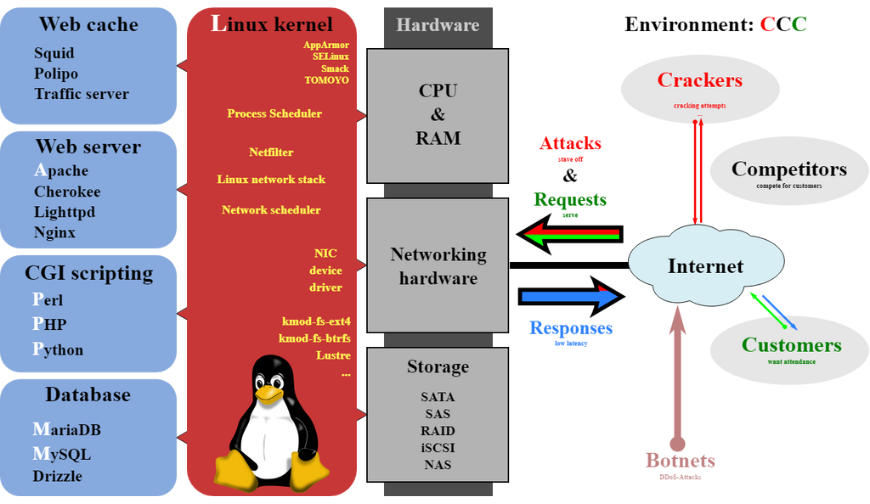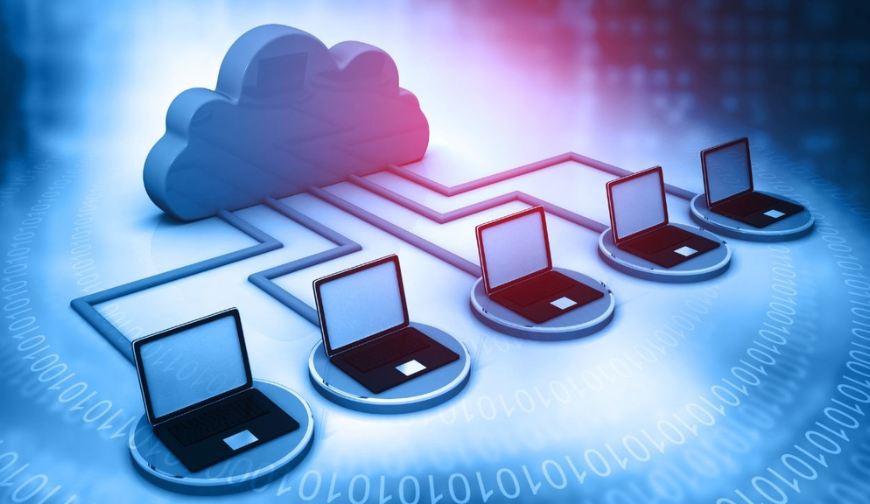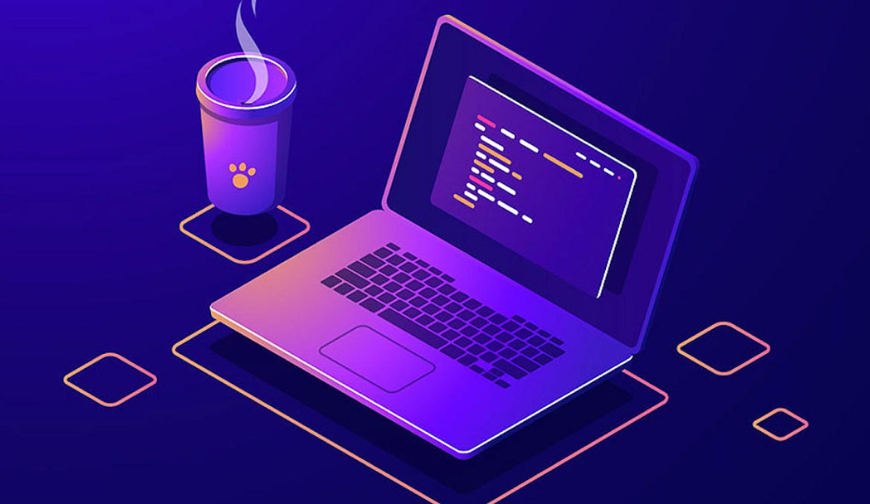Linux, an open-source operating system, plays a crucial role in the LAMP (Linux, Apache, MySQL, PHP) stack, powering countless websites and web applications worldwide. In this article, we delve into the seamless integration of Linux within the LAMP environment, exploring its significance, setup, configuration, and best practices.
Introduction to LAMP Environment
What is LAMP?
LAMP is a popular web development stack comprising four key components: Linux, Apache, MySQL, and PHP. It provides a robust foundation for hosting dynamic websites and applications.
Components of LAMP
Each component of the LAMP stack serves a specific purpose:
- Linux: The operating system that serves as the foundation.
- Apache: The web server software responsible for serving web content.
- MySQL: The relational database management system (RDBMS) for storing and managing data.
- PHP: The server-side scripting language used for developing dynamic web pages.
Understanding Linux in the LAMP Stack
Role of Linux in LAMP
Linux acts as the backbone of the LAMP stack, providing a stable and secure operating environment for hosting web applications. Its flexibility and customizability make it an ideal choice for developers and system administrators.
Benefits of using Linux
- Security: Linux offers robust security features, including access controls and permissions, protecting the LAMP environment from potential threats.
- Stability: Linux distributions are known for their reliability, ensuring minimal downtime for websites and applications.
- Performance: Linux’s efficient resource management enhances the overall performance of the LAMP stack, delivering optimal speed and responsiveness.
Setting Up Linux in LAMP Environment
Choosing the right Linux distribution
Selecting the appropriate Linux distribution is crucial for LAMP deployment. Popular choices include Ubuntu, CentOS, and Debian, each offering unique features and support options.
Installation process
Installing Linux in the LAMP environment involves straightforward steps, guided by user-friendly installation wizards provided by most distributions.
Configuring Linux for LAMP
Securing Linux
Implementing security measures such as firewalls, intrusion detection systems, and regular updates is essential to safeguard the LAMP server against cyber threats.
Installing necessary packages
Linux distributions provide package managers like apt and yum, simplifying the installation of Apache, MySQL, and PHP packages required for LAMP setup.
Integrating Linux with Apache
Apache configuration on Linux
Configuring Apache on Linux involves modifying the httpd.conf or apache2.conf files to define server settings, virtual hosts, and other parameters.
Enabling necessary modules
Apache modules such as mod_rewrite and mod_ssl can be enabled on Linux to enhance functionality and security.
MySQL Integration with Linux
Installing MySQL on Linux
Utilizing package managers or downloading MySQL binaries facilitates the installation process on Linux, followed by configuring database settings.
Configuring MySQL for optimal performance
Fine-tuning MySQL settings like buffer sizes and query caching improves database performance within the LAMP environment.
PHP Integration with Linux
Installing PHP on Linux
Installing PHP on Linux involves installing the PHP interpreter and relevant modules using package managers like apt or yum.
Configuring PHP settings
Customizing PHP.ini files allows developers to adjust PHP settings such as memory limits, execution time, and error reporting to suit application requirements.
Testing and Troubleshooting
Testing the LAMP setup
Conducting thorough testing ensures the seamless functionality of the LAMP environment, covering aspects like web server responsiveness, database connectivity, and PHP execution.
Common issues and troubleshooting tips
Addressing common issues such as permission errors, configuration conflicts, and server crashes requires troubleshooting skills and familiarity with LAMP components.
Best Practices for Managing Linux in LAMP Environment
Regular updates and maintenance
Keeping Linux distributions and LAMP components up to date with security patches and bug fixes is essential for maintaining system integrity.
Backup strategies
Implementing robust backup solutions safeguards against data loss and system failures, providing recovery options in case of emergencies.
Advantages of Using Linux in LAMP
Stability and reliability
Linux’s rock-solid stability ensures uninterrupted operation of web applications, minimizing downtime and maximizing user satisfaction.
Open-source nature
Linux’s open-source philosophy fosters collaboration and innovation, enabling developers to customize and optimize the LAMP environment according to their needs.
Challenges and Limitations
Learning curve
Mastering Linux administration and LAMP configuration requires time and effort, especially for beginners unfamiliar with command-line interfaces and system architecture.
Compatibility issues
Ensuring compatibility between Linux distributions, Apache versions, MySQL databases, and PHP frameworks can be challenging, requiring thorough testing and compatibility checks.
Future Trends and Developments
Innovations in LAMP stack technology
Advancements in containerization, microservices architecture, and cloud computing are reshaping the LAMP landscape, offering new opportunities for scalability and efficiency.
Evolution of Linux distributions
Continual updates and enhancements to Linux distributions promise improved performance, security, and usability for LAMP environments.
Case Studies
Explore real-world examples of organizations leveraging Linux in the LAMP stack to power their web infrastructure and achieve business goals.
Conclusion
In conclusion, integrating Linux into the LAMP environment is essential for building robust, scalable, and secure web applications. By leveraging the power of Linux alongside Apache, MySQL, and PHP, developers can create dynamic websites and applications that meet the demands of modern users.
FAQs
- Is Linux the only operating system compatible with LAMP?
- While Linux is the most commonly used operating system in LAMP stacks, alternatives like FreeBSD and Windows Server can also be used.
- Can I use a different web server instead of Apache in LAMP?
- Yes, alternatives like Nginx can replace Apache in the LAMP stack, offering similar functionality with different performance characteristics.
- What are the advantages of using open-source software in LAMP?
- Open-source software promotes transparency, community-driven development, and cost-effectiveness, making it an attractive choice for LAMP environments.
- How often should I update my LAMP stack components?
- Regular updates are recommended to patch security vulnerabilities, fix bugs, and access new features. Quarterly or semi-annual updates are common practice.
- What resources are available for learning Linux and LAMP administration?
- Online tutorials, documentation, forums, and professional certifications are valuable resources for mastering Linux and LAMP administration.




